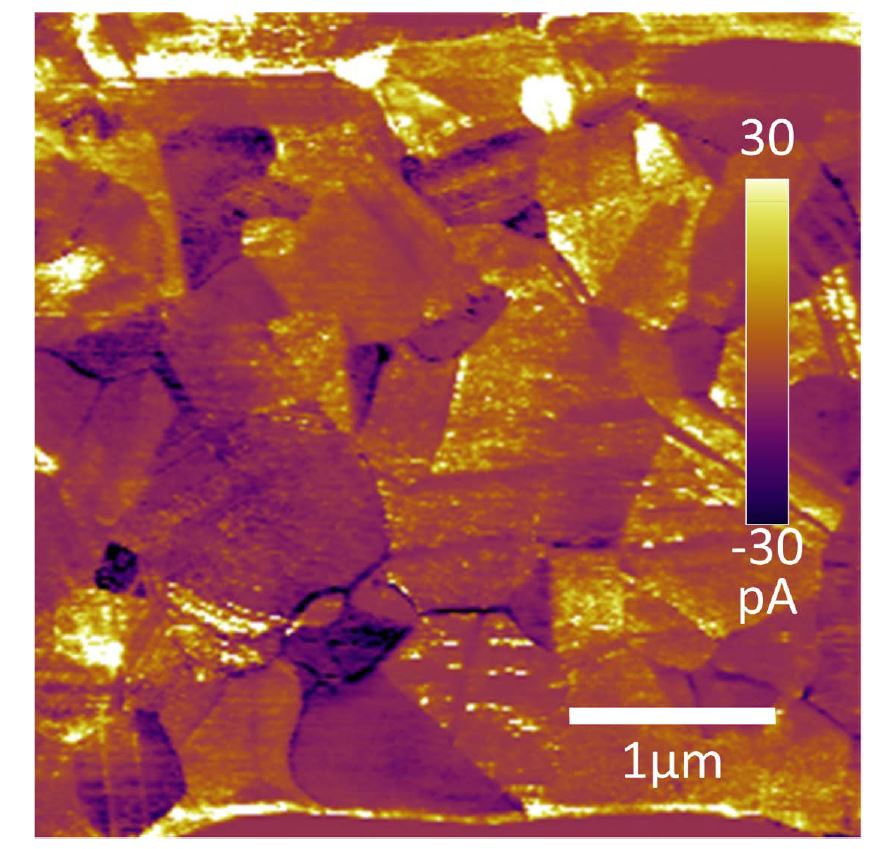Today is Children’s Day in Japan and many mulit-colored carp-shaped koinobori streamers will flutter in the wind.
So it is the perfect day to share the publication “Piezoelectricity of green carp scales” by Y. Jiang et al. with you.
Piezoelectricity takes part in multiple important functions and processes in biomaterials often vital to the survival of organisms. In their publication , “Piezoelectricity of green carp scales” Y. Jiang et al. investigate the piezoelectric properties of fish scales of green carp by directly examining their morphology at nanometer levels. From the clear distinctions between the composition of the inner and outer surfaces of the scales that could be found, the authors identified the piezoelectricity to originate from the presence of hydroxyapatite which only exists on the surface of the fish scales.*

These findings reveal a different mechanism of how green carp are sensitive to their surroundings and should be helpful to studies related to the electromechanical properties of marine life and the development of bio-inspired materials. As easily accessible natural polymers, fish scales can be employed as highly sensitive piezoelectric materials in high sensitive and high speed devices as well as be exploited for invasive diagnostics and other biomedical implications.*
For the harmonic responses of both 1st order and 2nd order described in this publication, NanoWorld Arrow-CONTPt AFM probes were used.

*Y. Jiang, F. Yen, C. W. Huang, R. B. Mei, and L. Chen
Piezoelectricity of green carp scales
AIP Advances 7, 045215 (2017)
DOI: https://doi.org/10.1063/1.4979503
Please follow this external link to access the full article: https://aip.scitation.org/doi/full/10.1063/1.4979503
Open Access The article “Piezoelectricity of green carp scales” by Y. Jiang, F. Yen, C. W. Huang, R. B. Mei and L. Chen is licensed under a Creative Commons Attribution 4.0 International License, which permits use, sharing, adaptation, distribution and reproduction in any medium or format, as long as you give appropriate credit to the original author(s) and the source, provide a link to the Creative Commons license, and indicate if changes were made. The images or other third party material in this article are included in the article’s Creative Commons license, unless indicated otherwise in a credit line to the material. If material is not included in the article’s Creative Commons license and your intended use is not permitted by statutory regulation or exceeds the permitted use, you will need to obtain permission directly from the copyright holder. To view a copy of this license, visit http://creativecommons.org/licenses/by/4.0/.


